Vancouver is a Canadian city in southern British Columbia. It is Western Canada's largest city and the center of one of the country's most populous metropolitan areas. Vancouver is located on the other side of Vancouver Island, between Burrard Inlet (a branch of the Georgia Strait) to the north and the Fraser River delta to the south. The city is located just north of the state of Washington in the United States. It boasts a beautiful natural harbor and a fantastic location with views of the sea and mountains. Pop. 603,502 (2011); metro. 2,313,328 square miles; 631,486 square miles in 2016; metro. 2,463,431 square kilometers.
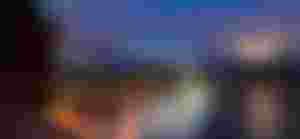
History
When the Hudson's Bay Company established Fort Langley near the mouth of the Fraser River in 1827, the region had long been occupied by many Native American (First Nations) peoples. Until the late 1850s, when the town of New Westminster (now a suburb of Vancouver) was created near the original fort, few individuals of European descent resided in the area (in 1839 the fort itself had been relocated a little farther upstream). The gold rush in the Cariboo Mountains to the northeast drew thousands of miners, largely from California, into the region in the 1860s. Aside from the Scottish, who were immensely prominent in the early years of Vancouver, the Americans had a significant impact on the city. An American, William Van Horne, president of the Canadian Pacific Railway, suggested the name Vancouver. L.D. Smith, the city's most-frequently elected mayor (nine nonconsecutive terms from 1919 to 1933), is another notable figure. Taylor is a native of the United States. Furthermore, the area's first significant industry, a sawmill on Burrard Inlet, was owned by an American.

The modern metropolis
Vancouver boasts one of the most magnificent settings of any city in the world, nestled among snow-capped mountains on an ocean inlet. Captain Vancouver stated in his journal in 1792, "To depict the glories of this country on some future occasion will be a very rewarding work to the pen of a trained panegyrist." The tranquility of the climate, the numerous beautiful landscapes, and the enormous fertility that unaided nature provides only need to be complemented by man's labor with communities, mansions, cottages, and other structures.
It has a temperate climate with mild, rainy winters and somewhat warm summers. Highs in the low 70s F (about 22 °C) in August and lows in the low 30s F (about 0.8 °C) in December are typical. Because of the city's proximity to the lake and mountains, the weather is always changing. November and December saw a lot of rain, with an average of roughly 7 inches (180 mm) in both months.
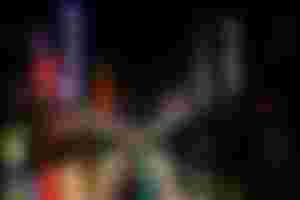
The city is British Columbia's industrial, commercial, and financial hub, with commerce and transportation as key economic drivers. Its ice-free deepwater port, Canada's largest (on Burrard Inlet), has huge docks and grain elevator facilities, and it handles freighters, a fishing fleet, and some ferries. Bulk commodities (grain, coal, sulfur, potash, and petrochemicals), forest products, steel, and containers are among the most common cargoes. It's also a major cruise ship port, with Alaska being the most popular destination.
Three rail lines run through the region, with connections to the United States. Vancouver International Airport (1931), on Sea Island in Richmond, connects the city to the rest of Canada and the world by air, while highways connect the city to the eastern provinces (through the Trans-Canada Highway) and Seattle, Washington, some 120 miles (200 kilometers) to the south. SkyTrain, an automated light-rail system, has serviced the Greater Vancouver area since the mid-1980s. The Canada Line, a recent addition of the system, connects the city to the airport, and more expansions are planned. Additional provincially owned ferries go to Vancouver Island and many tiny islands in the Strait of Georgia. The SeaBus connects Vancouver and North Vancouver across Burrard Inlet; other provincially owned ferries go to Vancouver Island and many small islands in the Strait of Georgia. In addition, a commuter train route connects downtown Vancouver to the city of Mission to the east.
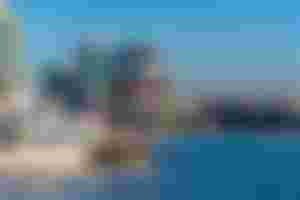
Forestry, tourism, and mining are key economic sectors; manufacturing and shipping are also important components. Forest and agricultural goods, as well as fish, are processed extensively, as is oil refining. Major manufacturing activities include the production of metals, chemicals, boats, trucks, and machinery for sawmilling, mining, and pulp and paper processing. Hydroelectric developments to the north, as well as oil and natural gas pipelines from Alberta, supply power for sawmilling, plywood, and paper manufacture.
The city has developed into a hub for high-tech businesses as well as television and film production. Indeed, it was the third largest film-production location in North America in the early twenty-first century, behind Los Angeles and New York City, and many television series are produced there.
Image Sources:
Lead Image by James Wheeler from Pixabay
Image by ArtTower from Pixabay
Image by Raskhan Kaderi from Pixabay
Image by Luke Lawreszuk from Pixabay
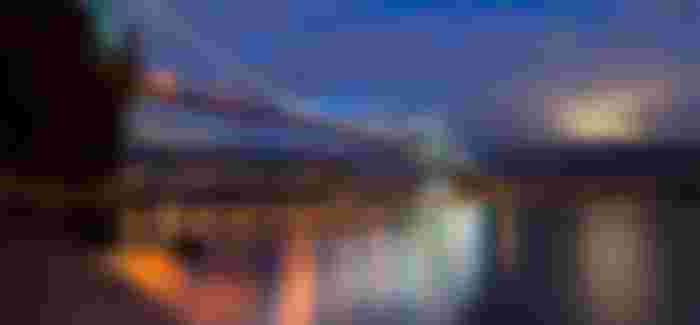
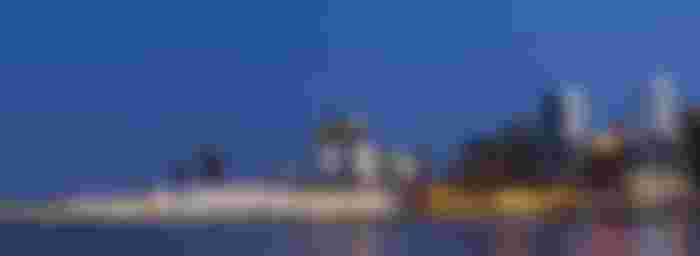
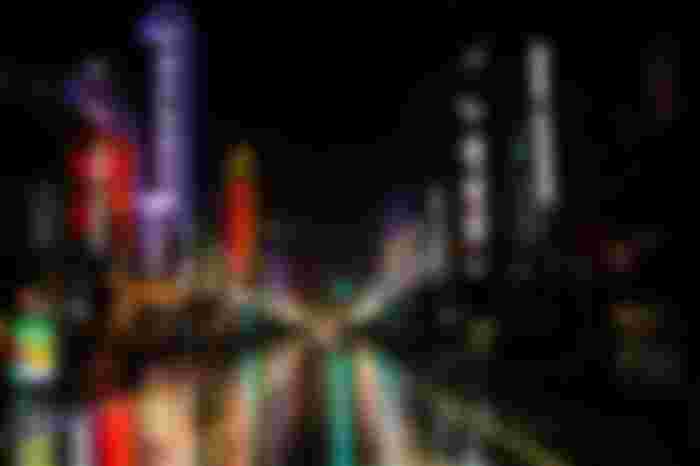
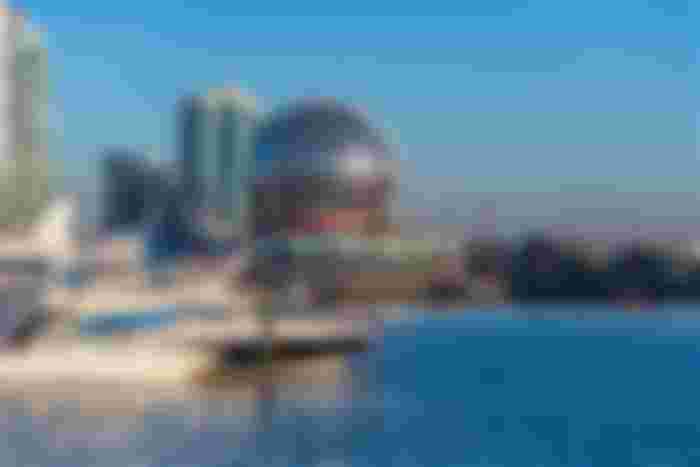
This place is one of my dream destination, And I hope it will come true soon 😊